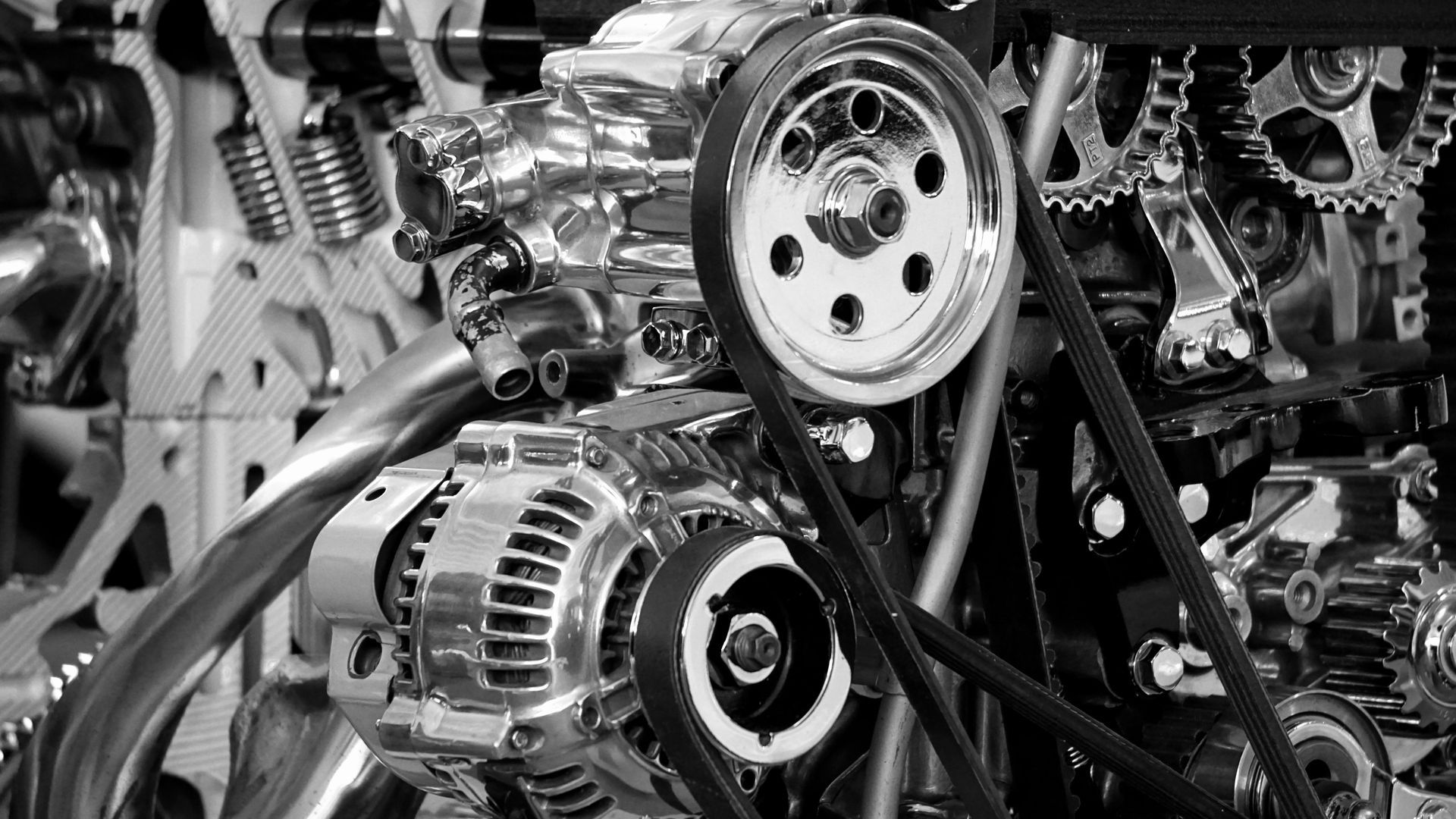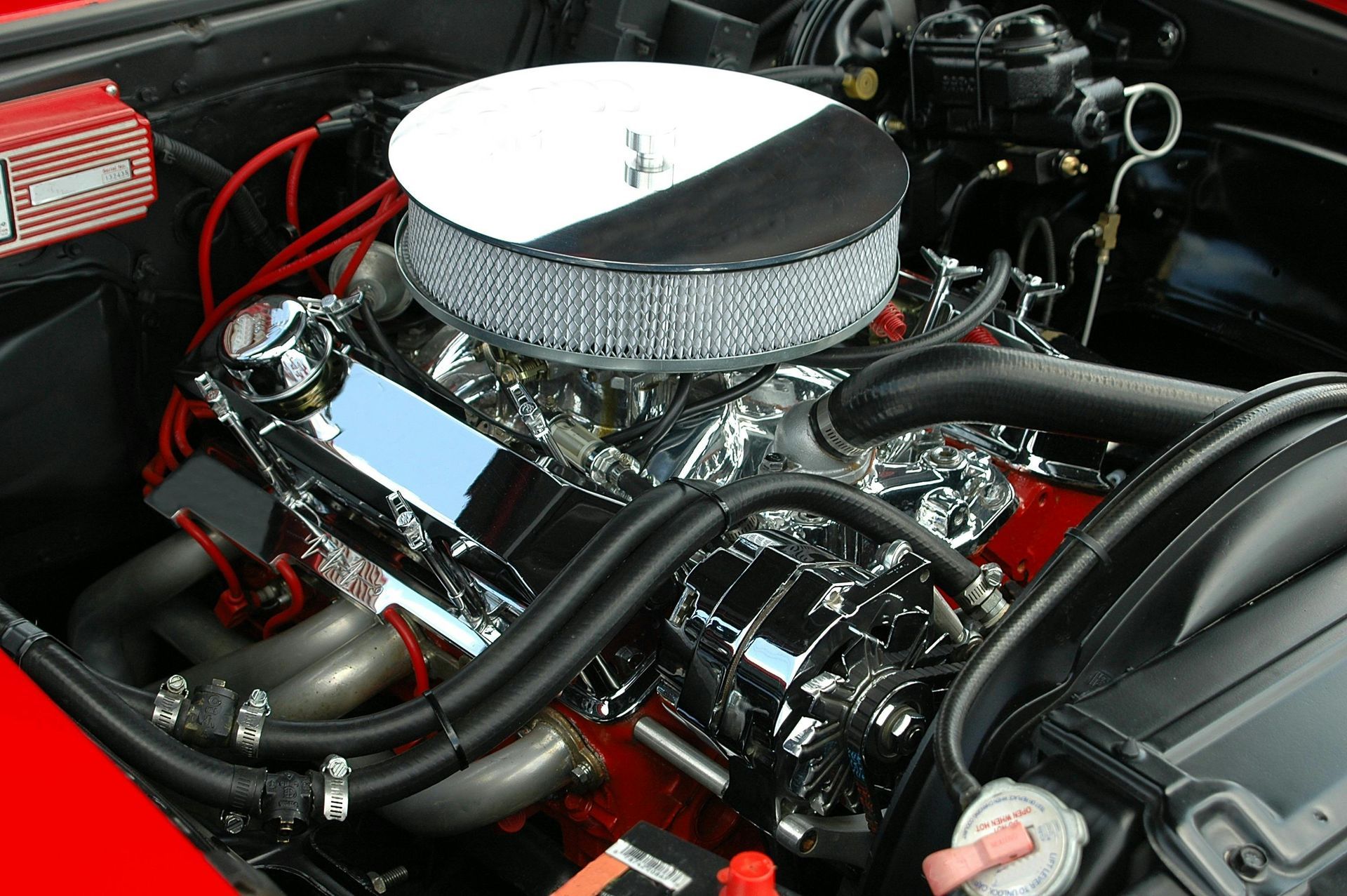Transmission Service: Manual vs. Automatic Care in High-Altitude Driving
Living at 5,280 feet above sea level affects more than just your breathing—it significantly impacts how your vehicle's transmission operates and ages. Whether you drive a manual sports car through mountain passes or rely on an automatic for daily Denver commuting, understanding how altitude affects these different transmission types can help you avoid expensive repairs and extend your drivetrain's life.
How Altitude Affects All Transmissions
Before diving into specific transmission types, it's important to understand the universal challenges that high-altitude driving creates:
Reduced Air Density Thinner air at altitude means less cooling efficiency for transmission components. Heat buildup becomes more problematic, especially during demanding conditions like mountain driving or stop-and-go traffic on I-25.
Engine Performance Changes Your engine works harder at altitude to produce the same power, creating different load patterns on the transmission. This increased stress affects shift timing, fluid temperatures, and component wear rates.
Temperature Extremes Denver's dramatic temperature swings stress transmission seals, gaskets, and fluids more than consistent climates. Daily temperature variations of 30-40 degrees force constant expansion and contraction of internal components.
Manual Transmission Considerations at Altitude
Manual transmissions face unique challenges in Colorado's high-altitude environment that many drivers don't anticipate:
Gear Oil Behavior Transmission gear oil thickens significantly during Denver's cold winter mornings, making shifts notchy and difficult until the transmission warms up. This is particularly noticeable in performance vehicles and European imports that use specific gear oil formulations.
High-quality synthetic gear oils maintain better flow characteristics at temperature extremes, making them essential for Colorado manual transmission longevity.
Clutch System Stress Mountain driving puts enormous demands on clutch systems through constant gear changes on steep grades. The combination of thin air requiring more aggressive driving and frequent elevation changes accelerates clutch wear beyond typical patterns.
Hydraulic clutch systems also face challenges from altitude and temperature variations that can affect pedal feel and engagement points.
Synchromesh Wear The brass synchromesh rings that enable smooth shifting in manual transmissions wear faster when transmission temperatures run higher due to altitude stress. This leads to grinding during shifts, particularly into second and third gears under load.
Service Intervals Manual transmissions in Colorado benefit from more frequent gear oil changes than manufacturer recommendations suggest. The combination of temperature extremes and mountain driving typically requires service every 30,000-40,000 miles instead of the standard 60,000-mile intervals.
Automatic Transmission Challenges
Automatic transmissions face different but equally significant challenges in Denver's environment:
Fluid Temperature Management Automatic transmission fluid (ATF) operates within narrow temperature ranges for optimal performance. At altitude, reduced cooling efficiency means fluid temperatures run higher, accelerating breakdown and reducing lubrication effectiveness.
Modern transmissions with 8-10 speeds have even more complex hydraulic circuits that are sensitive to fluid condition and temperature variations.
Electronic Control Issues Contemporary automatic transmissions rely heavily on electronic controls that monitor various parameters. Altitude affects sensor readings and can cause shift timing issues, particularly in turbocharged vehicles where boost pressure varies with elevation.
Torque Converter Concerns The torque converter, which replaces the clutch in automatic transmissions, generates significant heat during operation. At altitude, this heat buildup becomes more problematic and can lead to premature failure if not properly managed.
CVT-Specific Problems Continuously Variable Transmissions (CVT), common in many Japanese imports, are particularly sensitive to fluid condition and temperature. Denver's altitude and temperature extremes can accelerate belt wear and reduce the precision of the CVT's operation.
Import Brand Considerations
Different vehicle manufacturers approach transmission design with varying philosophies that affect high-altitude performance:
European Manual Transmissions BMW, Mercedes-Benz, and Audi manual transmissions often use specialized gear oils and precise tolerances that require exact maintenance procedures. These transmissions excel in performance but demand adherence to specific service intervals and fluid specifications.
Japanese Automatic Systems Honda, Toyota, and Subaru automatic transmissions are generally robust but benefit from more frequent fluid changes in Colorado's demanding conditions. Their CVT systems, in particular, require careful attention to fluid condition.
American Transmissions Domestic automatic transmissions typically handle altitude well but may require transmission cooler upgrades for mountain driving or towing applications.
Fluid Selection for Altitude
Choosing appropriate transmission fluids becomes critical in Colorado's environment:
Manual Transmission Gear Oil Synthetic gear oils provide better temperature stability and flow characteristics essential for altitude operation. The correct viscosity rating ensures proper lubrication during cold starts while maintaining protection at high temperatures.
Automatic Transmission Fluid Modern automatics require specific ATF formulations that can't be substituted. Using incorrect fluid can cause shift problems, seal damage, and expensive repairs. At altitude, premium fluids with better thermal stability provide additional protection.
Mountain Driving Transmission Care
Colorado's mountain roads create unique transmission demands that require specific care strategies:
Heat Management Use lower gears on long descents to employ engine braking and reduce transmission strain. This technique is essential for both manual and automatic transmissions when descending from mountain destinations.
Cooling System Integration Many vehicles use the engine cooling system to help cool transmission fluid. Ensuring proper engine cooling system function becomes doubly important for transmission longevity at altitude.
Load Considerations Reduce payload when possible during mountain driving to decrease transmission stress. Extra weight combined with steep grades and thin air creates maximum stress conditions.
Service Interval Adjustments
Standard manufacturer maintenance intervals often prove inadequate for Colorado's demanding conditions:
Manual Transmissions Consider gear oil changes every 30,000-40,000 miles instead of standard 60,000-mile intervals. More frequent service helps maintain optimal lubrication properties under stress.
Automatic Transmissions Fluid and filter changes every 40,000-60,000 miles, rather than "lifetime" claims, help prevent expensive failures. High-stress driving conditions like mountain travel may warrant even more frequent service.
Warning Signs to Monitor
Pay attention to these transmission symptoms that can develop more quickly at altitude:
Manual Transmission Alerts
- Difficult shifting when cold
- Grinding noises during gear changes
- Clutch slippage on steep grades
- Unusual gear oil odors
Automatic Transmission Alerts
- Delayed or harsh shifting
- Slipping during acceleration
- Unusual fluid colors or odors
- Dashboard warning lights
Professional Transmission Service
Transmission service requires understanding how altitude affects different systems and brands. Generic service often misses the specific requirements that prevent expensive failures in Colorado's demanding environment.
At Importsports Auto Repair Pros & Performance, our ASE Certified technicians specialize in transmission service for all vehicle types, with particular expertise in how altitude affects European, Japanese, and American drivetrains. We understand the specific fluid requirements, service intervals, and adjustment procedures that keep transmissions operating efficiently in Denver's challenging conditions.
Our comprehensive transmission service includes proper fluid selection, filter replacement where applicable, and system diagnostics using manufacturer-specific equipment. Since 1997, we've helped Denver drivers maintain smooth, reliable transmission operation through all of Colorado's demanding driving conditions.
Don't let altitude-related transmission problems leave you stranded on a mountain pass or facing expensive repairs. Contact us today at (303) 752-2422 for transmission service tailored to Colorado's unique demands. Whether you prefer the control of a manual or the convenience of an automatic, we'll keep your transmission shifting smoothly mile after mile.











